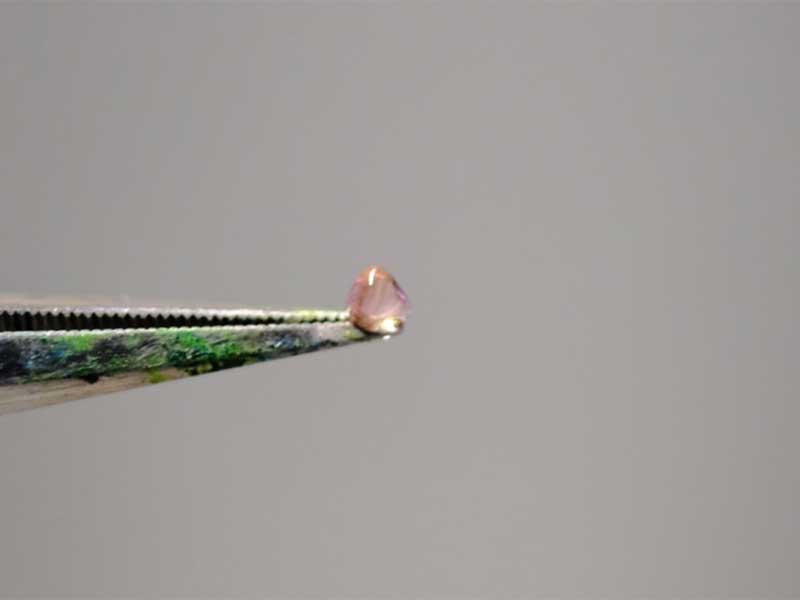Abstract
DNA hydrogels can show gel-sol transition in response to external factors such as light stimulation, pH, temperature, etc. The DNA hydrogel is expected to be applied to drug delivery system (DDS) because of its highly biodegradablity. Previous studies have remained simple responses to at most two factors. Therefore, in this study, we designed gels that respond to four types of ssDNA, aiming at multi-targeting of transfer function. Additionally, the microfluidic device was used to encapsulate the gel to generate antibodycontaining gel beads.
The gel is formed by the higher-order structure of a four-chain motif, which can be used to encapsulate an antibody. Here, when ssDNA complementary to the motif is added, the constituent DNA is released and the gel is broken. We first obtained gel beads using a microfluidic device. Next, the solution containing strands complementary to st2 and st4 was added, and We obeserved the fluorescence of FAM (st1) and Alexa 647 (IgG1) for time lapse. The obtained beads were stable and could retain IgG1 in TE buffer even after stirring. In the observation after adding the complementary strand, the gel gradually dissolved after the strand was dropped, and it was confirmed that IgG1 was released into the buffer.
 DNA hydrogel
DNA hydrogel
 Time lapse observation of gel melting
Time lapse observation of gel melting
Collaboration
- Rondelez Lab, ESPCI
Sponsor
- JSPS
- CNRS